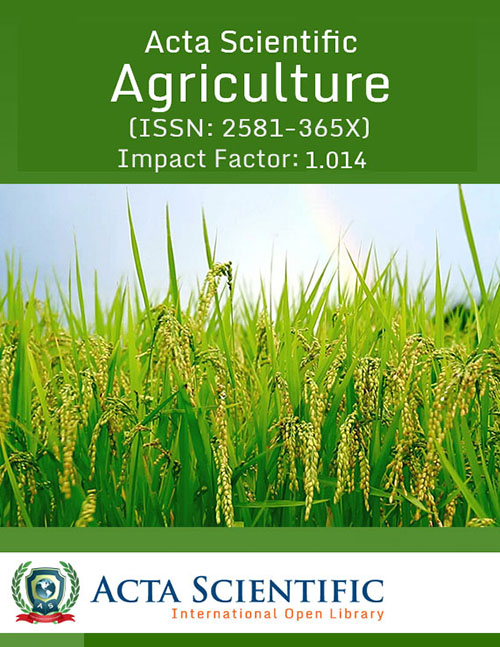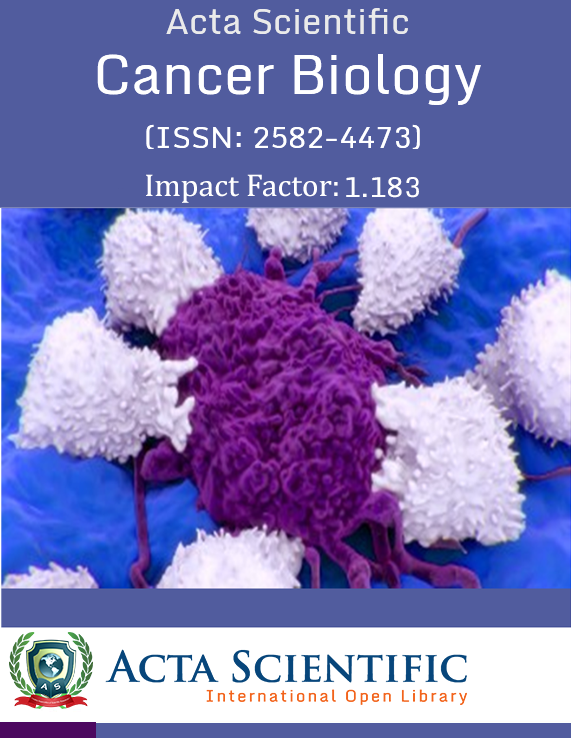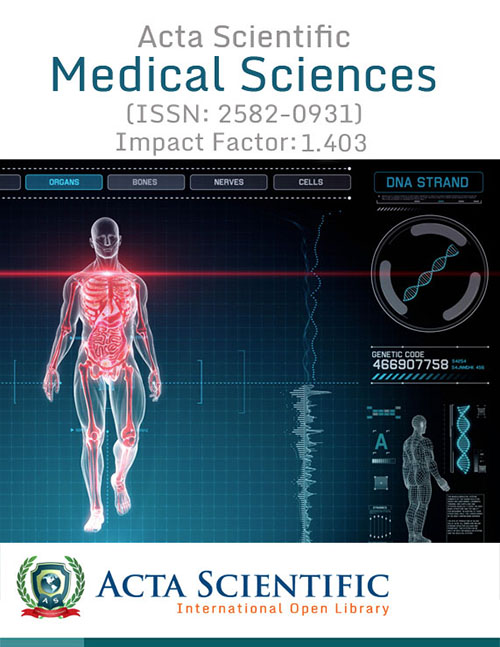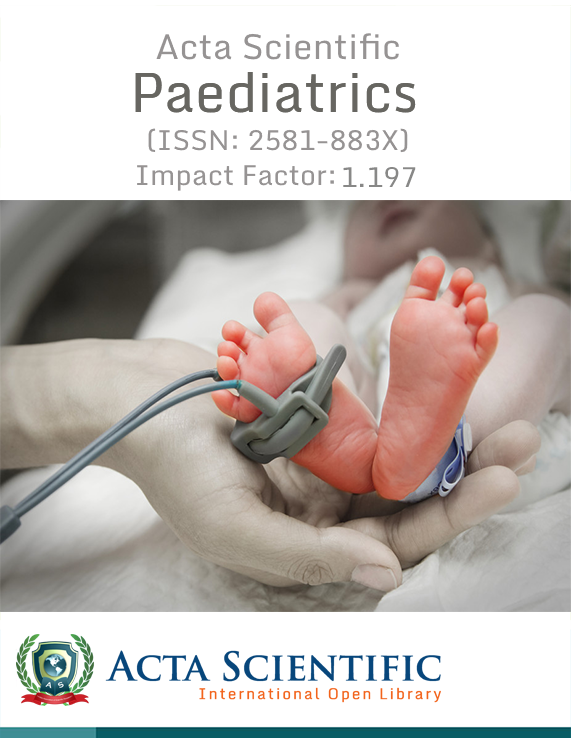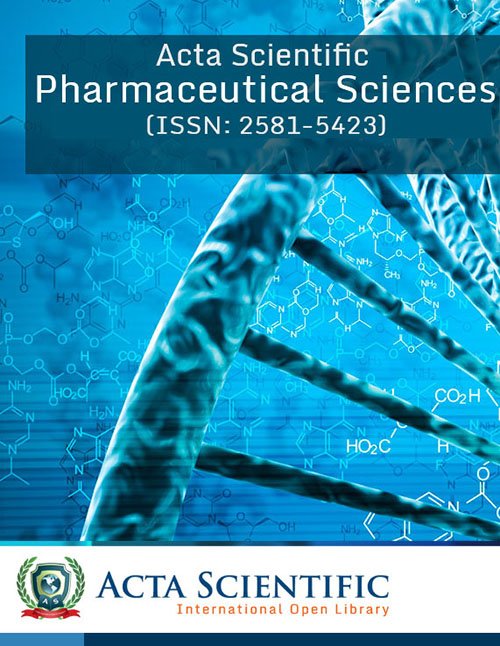Acta Scientific Ophthalmology (ASOP)
Review Article Volume 3 Issue 8
Muhammad Hamza1*, Crishan Gunasekera2, Samar Nahas3, Z CX Lin4, Hatch Mukherjee4 and Richard Allen4
1Corneal Fellow, Department of Ophthalmology, University Hospital Southampton,
UK
2Norfolk and Norwich University Hospital NHS Foundation Trust, Ipswich, UK
3Derriford University Hospital Plymouth Devon England, UK
4East Suffolk North Essex NHS Foundation Trust, Colchester, UK
*Corresponding Author: Muhammad Hamza, Corneal Fellow, Department of Ophthalmology, University Hospital Southampton, UK.
Received: July 06, 2020; Published: July 20, 2020
Abstract
Method: A small group of patients with epithelial defects requiring bandage contact lenses were identified at Colchester Hospital University Hospital. Both Purevision lenses and Biofinity contact lenses were utilized. The lead researcher took anterior segment photography initially devoid of fluorescein. After Fluorosoft was introduced, the process was repeated where anterior section photograph was acquired after 30 seconds to guarantee Fluorosoft was fitted under the lens. Subsequently, removal of the bandage contact lens followed. Later, pictures of the bandage contact lens were taken to evaluate the staining. A second photography was obtained on the anterior segment photograph in order to compare the epithelial defect visibility with normal fluorescein relative to Fluorosoft.
Conclusion:
- Main aim for this exercise is find a way of not replacing BCL on each examination without compromising the assessment of corneal epithelial defects hence reducing the chance of infection.
- The research demonstrates that the fluorosoft (high molecular weight fluorescein) can successfully detect epithelial deficiencies in patients having a series of bandage contact lenses devoid of lens’ staining.
Keywords: Corneal Epithelial Defects; Fluorescein; Contact Lens Staining; Bandage Contact Lenses
References
- Cheng Anny MS., et al. "Morselized amniotic membrane tissue for refractory corneal epithelial defects in cicatricial ocular surface diseases". Translational Vision Science and Technology3 (2016): 9.
- Katzman Lee R and Bennie H Jeng. "Management strategies for persistent epithelial defects of the cornea”. Saudi Journal of Ophthalmology3 (2014): 168-172.
- Braus Barbara Katharina., et al. "The effects of two different types of bandage contact lenses on the healthy canine eye”. Veterinary Ophthalmology5 (2018): 477-486.
- Kocatürk T., et al. “Combined eye gel containing sodium hyaluronate and xanthan gum for the treatment of the corneal epithelial defect after pterygium surgery”. Clinical Ophthalmology (Auckland, NZ) 9 (2015): 1463-1466.
- Naik M., et al. “Alternaria keratitis after deep anterior lamellar keratoplasty”. Middle East African Journal of Ophthalmology 1 (2014): 92-94.
- Gupta S., et al. “An alternative approach to bandage contact lenses”. CLAO Journal 2 (1998): 118-121.
- Borderie VM., et al. “Graft reepithelialization after penetrating keratoplasty using organ-cultured donor tissue”. Ophthalmology12 (2006): 2181-2186.
- Kim T., et al. “Donor factors associated with epithelial defects after penetrating keratoplasty”. Cornea 5 (1996): 451-456.
- Reed DB., et al. “Corneal epithelial healing after penetrating keratoplasty using topical Healon versus balanced salt solution”. Ophthalmic Surgery 7 (1987): 525-528.
- Foulks GN., et al. “Therapeutic contact lenses: the role of high-Dk lenses”. Ophthalmology Clinics of North America 3 (2003): 455-461.
- Lim L., et al. “Therapeutic use of Bausch & Lomb PureVision contact lenses”. CLAO Journal 4 (2001): 179-185.
Citation
Citation: Muhammad Hamza., et al. “Managing Corneal Epithelial Defects Using High Molecular Weight Fluorescein to Prevent Contact Lens Staining and Removal of Bandage Contact Lenses”.Acta Scientific Ophthalmology 3.8 (2020): 20-22.
Copyright
Copyright: © 2020 Muhammad Hamza., et al. This is an open-access article distributed under the terms of the Creative Commons Attribution License, which permits unrestricted use, distribution, and reproduction in any medium, provided the original author and source are credited.
Journal Menu
Metrics
News and Events
- Publication Certificate
Authors will be provided with the Publication Certificate after their successful publication - Last Date for submission
Authors are requested to submit manuscripts on/before January 23, 2025, for the Second issue of 2026.
